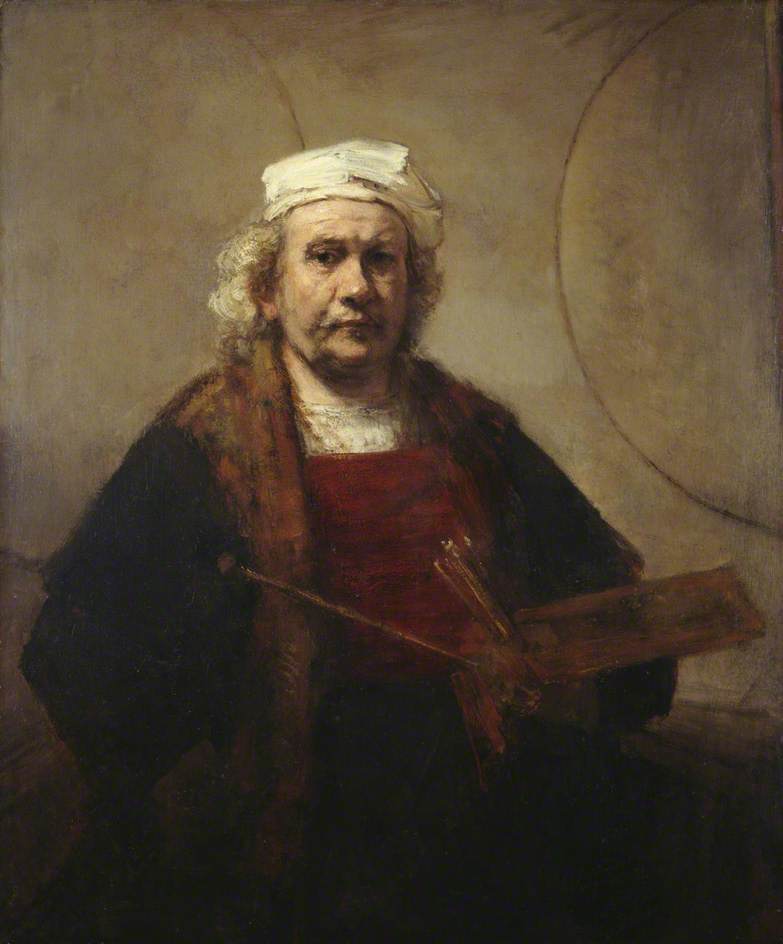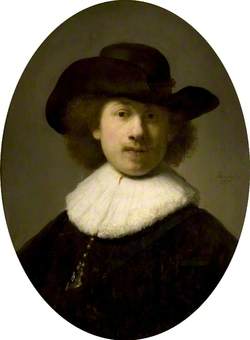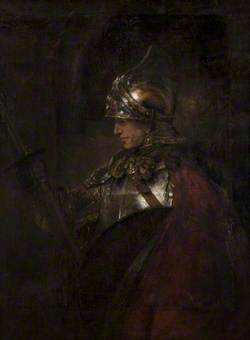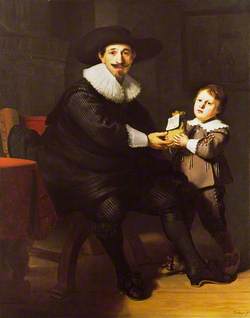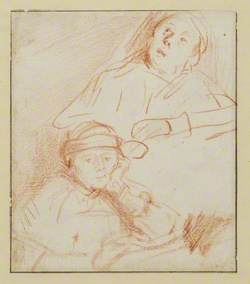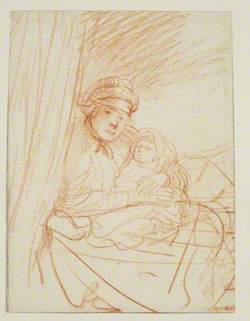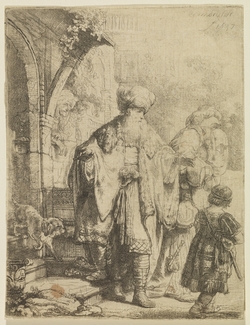How you can use this image
This image can be used for non-commercial research or private study purposes, and other UK exceptions to copyright permitted to users based in the United Kingdom under the Copyright, Designs and Patents Act 1988, as amended and revised. Any other type of use will need to be cleared with the rights holder(s).
Review the copyright credit lines that are located underneath the image, as these indicate who manages the copyright (©) within the artwork, and the photographic rights within the image.
The collection that owns the artwork may have more information on their own website about permitted uses and image licensing options.
Review our guidance pages which explain how you can reuse images, how to credit an image and how to find images in the public domain or with a Creative Commons licence available.
Buy a print or image licence
You can purchase this reproduction
If you have any products in your basket we recommend that you complete your purchase from Art UK before you leave our site to avoid losing your purchases.
Notes
Add or edit a note on this artwork that only you can see. You can find notes again by going to the ‘Notes’ section of your account.
Rembrandt produced around 80 self-portraits during his 40-year career. This is one of his last, painted in c.1665, four years before his death. He presents himself as an artist confident in the legacy of his work, with the tools of his trade – brushes, palette and mahlstick (used to steady his hand whilst painting). The expressive diversity of his brushwork is masterful and creates a richly textured surface. Rembrandt was well known for using elaborate costumes in his portraiture. Here he wears simple studio attire: a fur-lined ‘tabard’, popular with artists since the Renaissance, a crimson doublet with a linen undershirt and a plain linen cap. Rembrandt’s latter years were marred by devastating losses and financial struggle. By the time this portrait was painted, he was bankrupt, had been forced to sell his home and art collection, and to avoid creditors, was working under his son’s name.
The eponymous circles in the background have continually puzzled scholars. The most literal theory suggests they are there to balance the painting’s off-centre composition. Others suggest they are unfinished hemispheres of a world map. One of the more popular theories argues that Rembrandt was alluding to a story involving the Italian artist Giotto, who allegedly proved his artistic brilliance by drawing a perfect circle freehand.
Title
Self Portrait with Two Circles
Date
c.1665
Medium
oil on canvas
Measurements
H 143.5 x W 125.2 cm
Accession number
88028836
Acquisition method
Iveagh Bequest, 1929
Work type
Painting
English Heritage, Kenwood
Hampstead Lane, London, Greater London NW3 7JR England
Stories
-
 Top artist biopics
Top artist biopicsDavid Ekserdjian
-
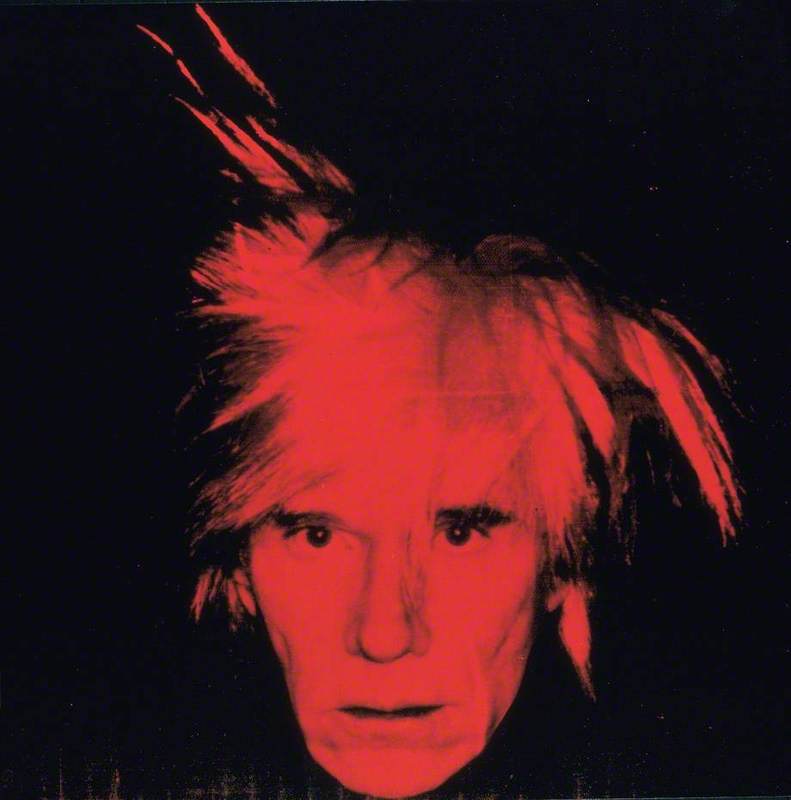
-
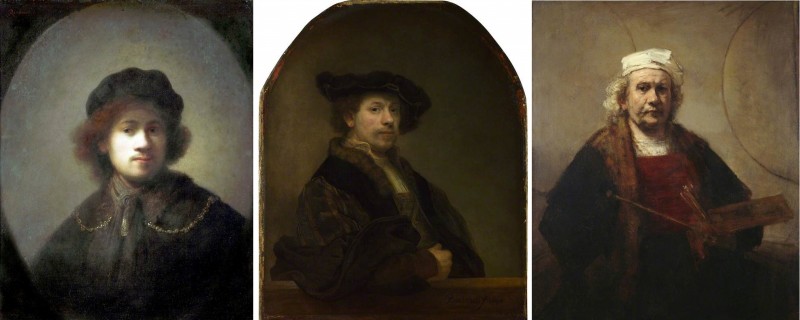 Rembrandt: king of the selfie
Rembrandt: king of the selfieAndrew Shore
-
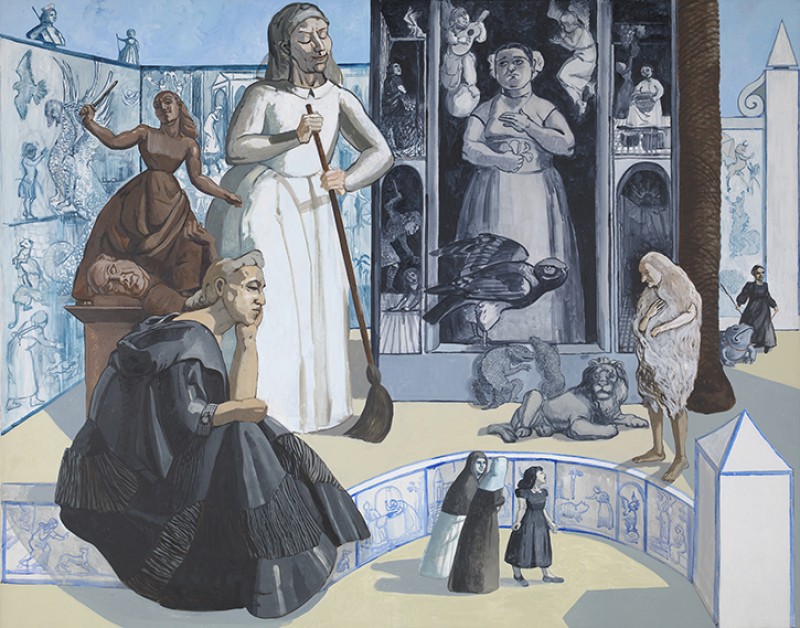 Paula Rego and Carlo Crivelli at The National Gallery
Paula Rego and Carlo Crivelli at The National GalleryHenry Tudor Pole
